Can You Weld Stainless Steel to Mild Steel
You may need to join stainless steel to mild steel when repairing equipment or fabricating a project. But the two metals have very different properties. So can you weld stainless steel to mild steel?
The short answer is yes, you can weld stainless steel to mild steel. But special methods and precautions are required to create a lasting bond between the dissimilar metals.
Factors to Consider When Welding Stainless Steel to Mild Steel
Several factors come into play when welding stainless steel and mild steel together:
- Metal Compatibility and Coefficient of Thermal Expansion
- Welding Process and Filler Metal Selection
- Joint Preparation
- Post-Weld Passivation and Heat Treatment
Understanding these factors will lead to the best welds possible and reduce the chances of cracks, corrosion, or early joint failure.
Metal Compatibility and Coefficient of Thermal Expansion Stainless steel and mild steel have very different chemical compositions and mechanical properties. This makes them essentially incompatible for welding.
Additionally, the two metals have vastly different coefficients of thermal expansion. So when the weld area cools and contracts, it creates residual stresses that can fracture the joint.
These compatibility issues lead to a high likelihood of cracking or premature failure in the weld zone. Proper joint design, welding method, filler metal selection, and post-weld treatment are necessary to mitigate these problems.
Welding Process and Filler Metal Selection
Choosing the right welding process and filler metal to join stainless steel to mild steel is critical. Here are some top options:
TIG Welding – Tungsten inert gas (TIG) welding allows precise control of heat input. This helps minimize cracking and distortion. Use a stainless steel filler rod that’s overalloyed with nickel to allow it to better fuse with the mild steel.
MIG Welding – Metal inert gas (MIG) welding with a stainless steel filler can also work. Ensure the filler contains extra nickel to compensate for dilution into the mild steel.
Nickel Filler Metal – Special nickel-based filler rods and wires are also available to weld stainless to mild steel. These fillers are designed to “bridge the gap” between the two base metals.
Joint Preparation Proper joint design and preparation are vital for a lasting stainless to mild steel weld:
- Use a low carbon steel – 1018 or lower carbon content if possible. This matches the thermal expansion better.
- Employ a double bevel groove weld joint to provide deeper penetration.
- Allow for a thicker root face on the mild steel side to prevent crack-sensitive microstructures.
- Make sure joint surfaces are clean and free of contaminants like oil, paint, or dirt.
Post-Weld Passivation and Stress Relief After welding stainless to mild steel, passivation and stress relief heat treatment are recommended to enhance corrosion resistance and reduce residual stresses from welding.
Passivation involves chemically removing chromium oxides from the surface of stainless steel welds. Citric acid solutions are typically used for this process.
Post-weld heat treatment – at 1100-1400°F for 1 to 3 hours – can help relieve residual stresses and enhance ductility of the welded joint.
Tips for Welding Stainless Steel to Mild Steel Here are some top tips when welding stainless steel to mild steel:
- Tack weld carefully to minimize distortion and cracking before final welding beads.
- Use lowest feasible heat input settings to limit distortion and metallurgical incompatibilities.
- Ensure complete fusion and penetration into the mild steel without excess melting.
- Watch for oxidation and surface discoloration – signs of high heat or contamination.
- Remove all slag, spatter, and flux residues through brushing and acid pickling.
- Passivate and stress relieve the joint as soon as possible after welding.
Conclusion
Welding stainless steel to mild steel can work, but it presents many challenges compared to joining similar metals. Pay close attention to material compatibility, welding process, filler metals, joint preparation, and post-weld treatment. Following best practices will deliver longer-lasting, high-quality dissimilar metal welds.
The key is managing the differences in composition and thermal properties between the two base metals. A stainless steel filler alloy with extra nickel helps bridge the gap. Profiled groove joints, low heat input, post-weld passivation and stress relief also boost results. With the right technique and diligence, you can successfully weld stainless to mild steel components.
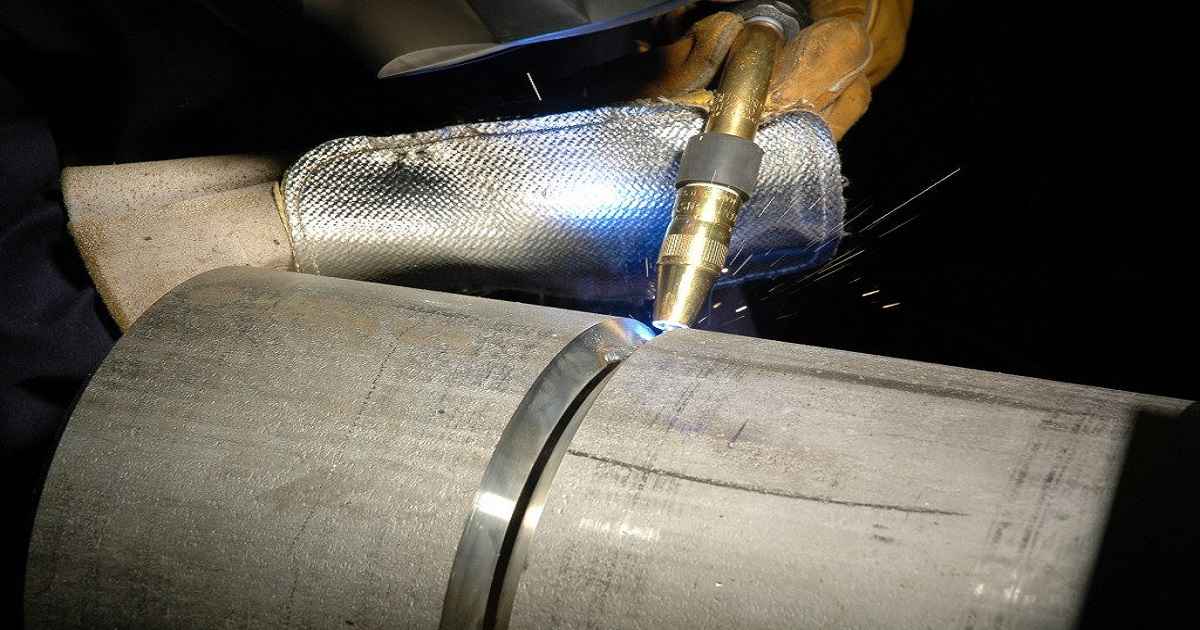
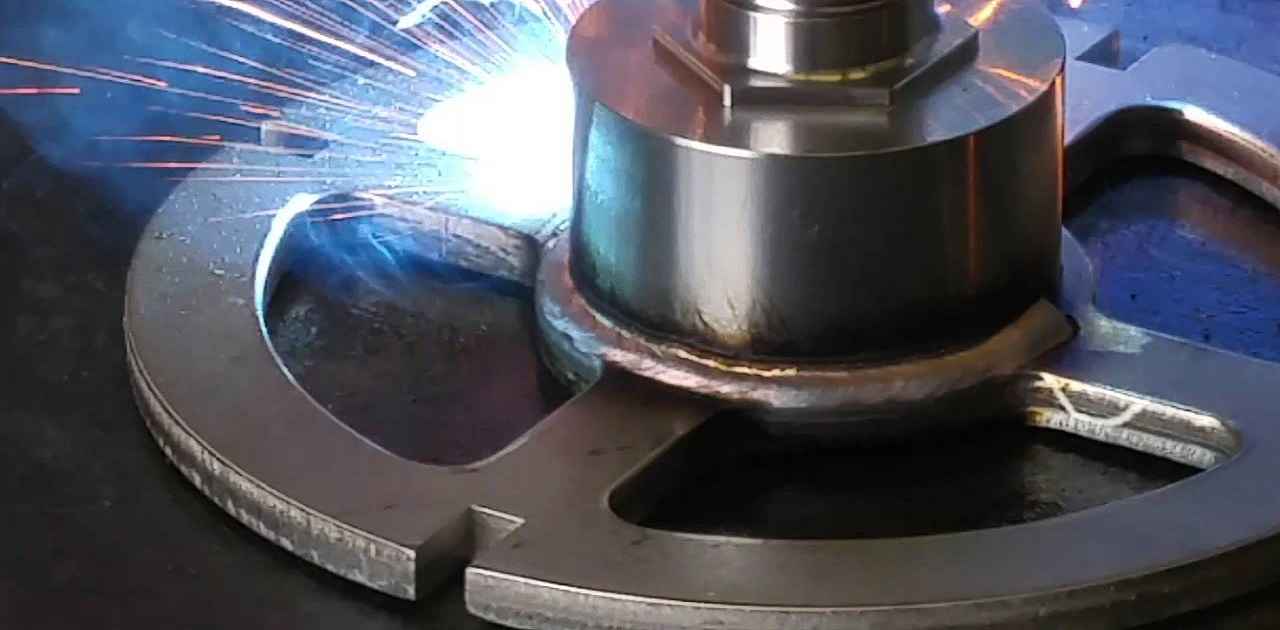
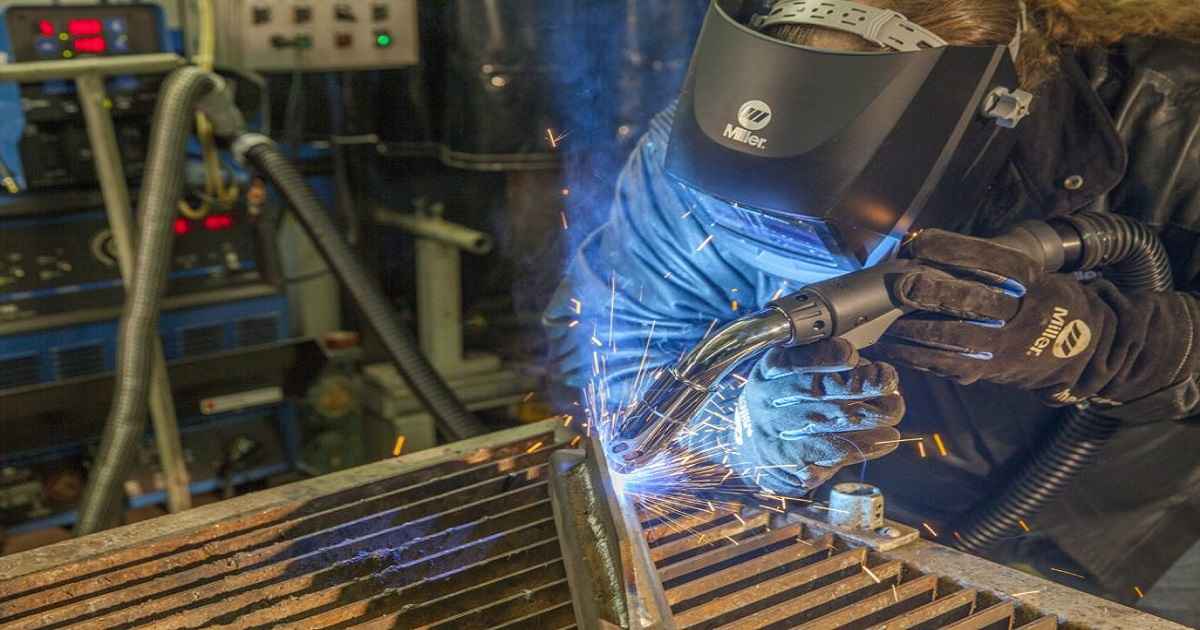
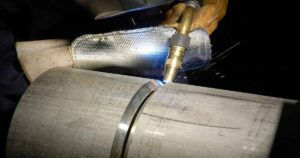

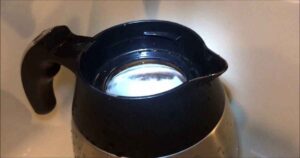
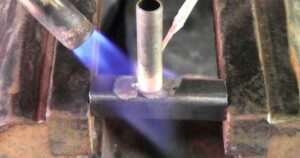
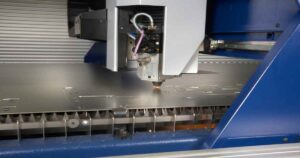

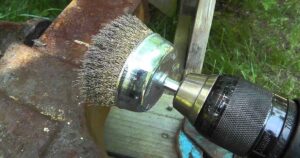

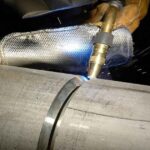


Some really nice and utilitarian information on this web site, too I think the pattern holds wonderful features.
Amazing! This blog looks exactly like my old one! It’s
on a totally different subject but it has pretty much the same page layout and design. Wonderful choice of colors!